431
138
So... uh... this is a bit embarrassing. But we don't have a plain "Hello, World!" challenge yet (despite having 35 variants tagged with hello-world, and counting). While this is not the most interesting code golf in the common languages, finding the shortest solution in certain esolangs can be a serious challenge. For instance, to my knowledge it is not known whether the shortest possible Brainfuck solution has been found yet.
Furthermore, while all of Wikipedia (the Wikipedia entry has been deleted but there is a copy at archive.org
), esolangs and Rosetta Code have lists of "Hello, World!" programs, none of these are interested in having the shortest for each language (there is also this GitHub repository). If we want to be a significant site in the code golf community, I think we should try and create the ultimate catalogue of shortest "Hello, World!" programs (similar to how our basic quine challenge contains some of the shortest known quines in various languages). So let's do this!
The Rules
- Each submission must be a full program.
- The program must take no input, and print
Hello, World!to STDOUT (this exact byte stream, including capitalization and punctuation) plus an optional trailing newline, and nothing else. - The program must not write anything to STDERR.
If anyone wants to abuse this by creating a language where the empty program prints
Hello, World!, then congrats, they just paved the way for a very boring answer.Note that there must be an interpreter so the submission can be tested. It is allowed (and even encouraged) to write this interpreter yourself for a previously unimplemented language.
- Submissions are scored in bytes, in an appropriate (pre-existing) encoding, usually (but not necessarily) UTF-8. Some languages, like Folders, are a bit tricky to score - if in doubt, please ask on Meta.
- This is not about finding the language with the shortest "Hello, World!" program. This is about finding the shortest "Hello, World!" program in every language. Therefore, I will not mark any answer as "accepted".
- If your language of choice is a trivial variant of another (potentially more popular) language which already has an answer (think BASIC or SQL dialects, Unix shells or trivial Brainfuck-derivatives like Alphuck), consider adding a note to the existing answer that the same or a very similar solution is also the shortest in the other language.
As a side note, please don't downvote boring (but valid) answers in languages where there is not much to golf - these are still useful to this question as it tries to compile a catalogue as complete as possible. However, do primarily upvote answers in languages where the authors actually had to put effort into golfing the code.
For inspiration, check the Hello World Collection.
The Catalogue
The Stack Snippet at the bottom of this post generates the catalogue from the answers a) as a list of shortest solution per language and b) as an overall leaderboard.
To make sure that your answer shows up, please start your answer with a headline, using the following Markdown template:
## Language Name, N bytes
where N is the size of your submission. If you improve your score, you can keep old scores in the headline, by striking them through. For instance:
## Ruby, <s>104</s> <s>101</s> 96 bytes
If there you want to include multiple numbers in your header (e.g. because your score is the sum of two files or you want to list interpreter flag penalties separately), make sure that the actual score is the last number in the header:
## Perl, 43 + 2 (-p flag) = 45 bytes
You can also make the language name a link which will then show up in the snippet:
## [><>](https://esolangs.org/wiki/Fish), 121 bytes
/* Configuration */
var QUESTION_ID = 55422; // Obtain this from the url
// It will be like https://XYZ.stackexchange.com/questions/QUESTION_ID/... on any question page
var ANSWER_FILTER = "!t)IWYnsLAZle2tQ3KqrVveCRJfxcRLe";
var COMMENT_FILTER = "!)Q2B_A2kjfAiU78X(md6BoYk";
var OVERRIDE_USER = 8478; // This should be the user ID of the challenge author.
/* App */
var answers = [], answers_hash, answer_ids, answer_page = 1, more_answers = true, comment_page;
function answersUrl(index) {
return "https://api.stackexchange.com/2.2/questions/" + QUESTION_ID + "/answers?page=" + index + "&pagesize=100&order=desc&sort=creation&site=codegolf&filter=" + ANSWER_FILTER;
}
function commentUrl(index, answers) {
return "https://api.stackexchange.com/2.2/answers/" + answers.join(';') + "/comments?page=" + index + "&pagesize=100&order=desc&sort=creation&site=codegolf&filter=" + COMMENT_FILTER;
}
function getAnswers() {
jQuery.ajax({
url: answersUrl(answer_page++),
method: "get",
dataType: "jsonp",
crossDomain: true,
success: function (data) {
answers.push.apply(answers, data.items);
answers_hash = [];
answer_ids = [];
data.items.forEach(function(a) {
a.comments = [];
var id = +a.share_link.match(/\d+/);
answer_ids.push(id);
answers_hash[id] = a;
});
if (!data.has_more) more_answers = false;
comment_page = 1;
getComments();
}
});
}
function getComments() {
jQuery.ajax({
url: commentUrl(comment_page++, answer_ids),
method: "get",
dataType: "jsonp",
crossDomain: true,
success: function (data) {
data.items.forEach(function(c) {
if (c.owner.user_id === OVERRIDE_USER)
answers_hash[c.post_id].comments.push(c);
});
if (data.has_more) getComments();
else if (more_answers) getAnswers();
else process();
}
});
}
getAnswers();
var SCORE_REG = /<h\d>\s*([^\n,<]*(?:<(?:[^\n>]*>[^\n<]*<\/[^\n>]*>)[^\n,<]*)*),.*?(\d+)(?=[^\n\d<>]*(?:<(?:s>[^\n<>]*<\/s>|[^\n<>]+>)[^\n\d<>]*)*<\/h\d>)/;
var OVERRIDE_REG = /^Override\s*header:\s*/i;
function getAuthorName(a) {
return a.owner.display_name;
}
function process() {
var valid = [];
answers.forEach(function(a) {
var body = a.body;
a.comments.forEach(function(c) {
if(OVERRIDE_REG.test(c.body))
body = '<h1>' + c.body.replace(OVERRIDE_REG, '') + '</h1>';
});
var match = body.match(SCORE_REG);
if (match)
valid.push({
user: getAuthorName(a),
size: +match[2],
language: match[1],
link: a.share_link,
});
else console.log(body);
});
valid.sort(function (a, b) {
var aB = a.size,
bB = b.size;
return aB - bB
});
var languages = {};
var place = 1;
var lastSize = null;
var lastPlace = 1;
valid.forEach(function (a) {
if (a.size != lastSize)
lastPlace = place;
lastSize = a.size;
++place;
var answer = jQuery("#answer-template").html();
answer = answer.replace("{{PLACE}}", lastPlace + ".")
.replace("{{NAME}}", a.user)
.replace("{{LANGUAGE}}", a.language)
.replace("{{SIZE}}", a.size)
.replace("{{LINK}}", a.link);
answer = jQuery(answer);
jQuery("#answers").append(answer);
var lang = a.language;
lang = jQuery('<a>'+lang+'</a>').text();
languages[lang] = languages[lang] || {lang: a.language, lang_raw: lang, user: a.user, size: a.size, link: a.link};
});
var langs = [];
for (var lang in languages)
if (languages.hasOwnProperty(lang))
langs.push(languages[lang]);
langs.sort(function (a, b) {
if (a.lang_raw.toLowerCase() > b.lang_raw.toLowerCase()) return 1;
if (a.lang_raw.toLowerCase() < b.lang_raw.toLowerCase()) return -1;
return 0;
});
for (var i = 0; i < langs.length; ++i)
{
var language = jQuery("#language-template").html();
var lang = langs[i];
language = language.replace("{{LANGUAGE}}", lang.lang)
.replace("{{NAME}}", lang.user)
.replace("{{SIZE}}", lang.size)
.replace("{{LINK}}", lang.link);
language = jQuery(language);
jQuery("#languages").append(language);
}
}body {
text-align: left !important;
display: block !important;
}
#answer-list {
padding: 10px;
width: 290px;
float: left;
}
#language-list {
padding: 10px;
width: 500px;
float: left;
}
table thead {
font-weight: bold;
}
table td {
padding: 5px;
}<script src="https://ajax.googleapis.com/ajax/libs/jquery/2.1.1/jquery.min.js"></script>
<link rel="stylesheet" type="text/css" href="https://cdn.sstatic.net/Sites/codegolf/all.css?v=ffb5d0584c5f">
<div id="language-list">
<h2>Shortest Solution by Language</h2>
<table class="language-list">
<thead>
<tr><td>Language</td><td>User</td><td>Score</td></tr>
</thead>
<tbody id="languages">
</tbody>
</table>
</div>
<div id="answer-list">
<h2>Leaderboard</h2>
<table class="answer-list">
<thead>
<tr><td></td><td>Author</td><td>Language</td><td>Size</td></tr>
</thead>
<tbody id="answers">
</tbody>
</table>
</div>
<table style="display: none">
<tbody id="answer-template">
<tr><td>{{PLACE}}</td><td>{{NAME}}</td><td>{{LANGUAGE}}</td><td>{{SIZE}}</td><td><a href="{{LINK}}">Link</a></td></tr>
</tbody>
</table>
<table style="display: none">
<tbody id="language-template">
<tr><td>{{LANGUAGE}}</td><td>{{NAME}}</td><td>{{SIZE}}</td><td><a href="{{LINK}}">Link</a></td></tr>
</tbody>
</table>



![Piet 31x3 - Codel 1[1]](../../I/static/images/e607e92cf06f583157476690762dce2eba1b4835addf86e1385888fd508531af.png)
![Piet 31x3 - Codel 12[2]](../../I/static/images/99c9226c2f08a02b166f8fbad111075420ba054ab5fb880f7f6ad1e0d3799ebc.png)
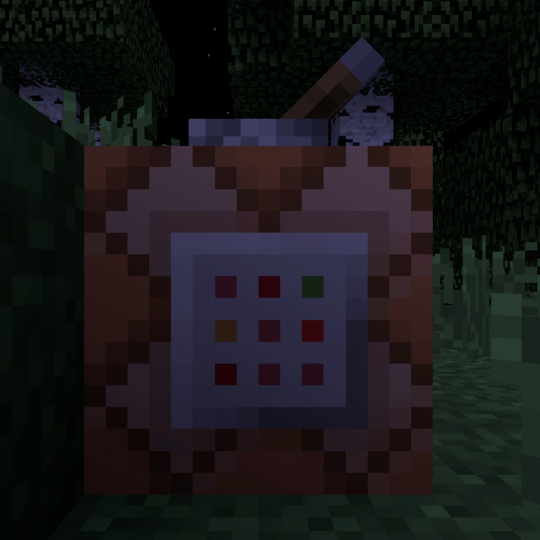

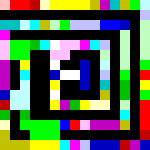
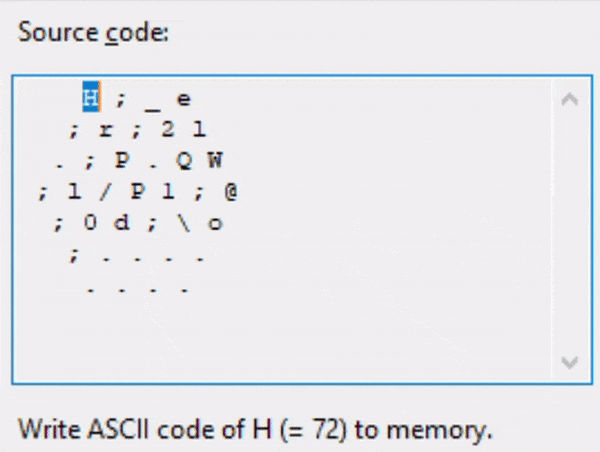
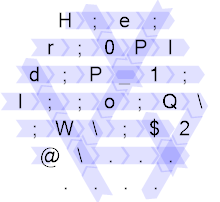





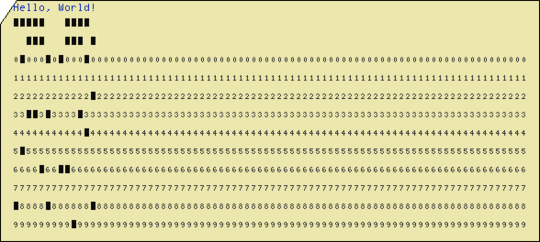




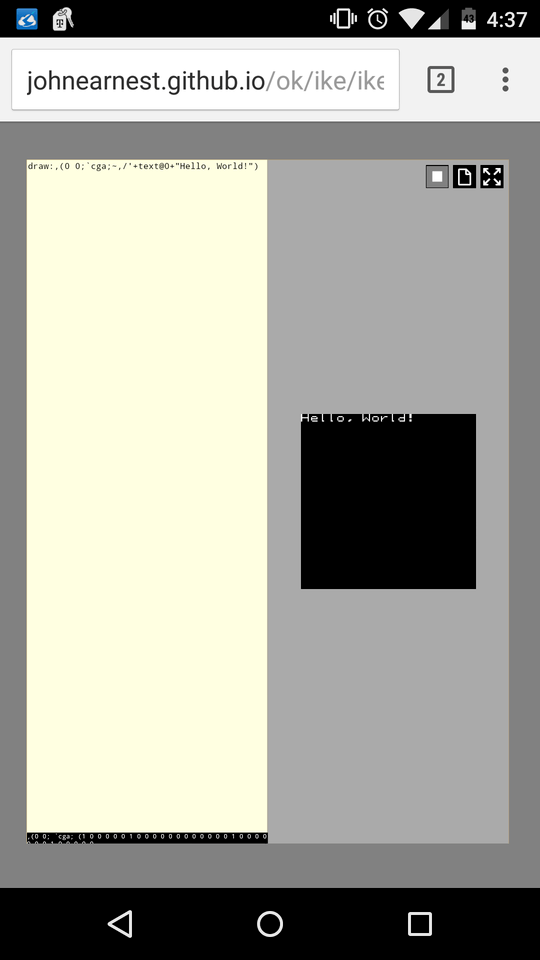

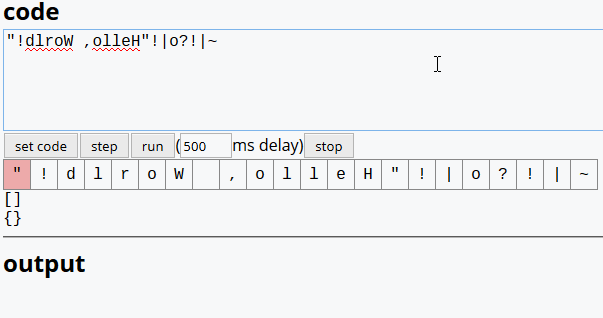
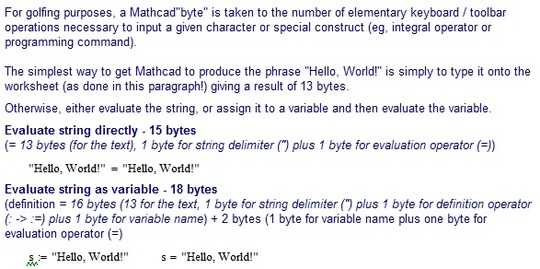
1Must the language meet our usual requirements for what a programming language is, or are we operating by kolmogorov complexity rules? – isaacg – 2015-08-28T13:54:54.403
2@isaacg No it doesn't. I think there would be some interesting languages where it's not obvious whether primality testing is possible. – Martin Ender – 2015-08-28T13:56:09.300
6If the same program, such as
"Hello, World!", is the shortest in many different and unrelated languages, should it be posted separately? – aditsu quit because SE is EVIL – 2015-08-28T15:33:49.8971@aditsu Yes, because there's no way anyone to find to the shortest version in an answer of an unrelated language. – Martin Ender – 2015-08-28T15:39:00.003
Is there a way to make the snippet runnable without having to click "Show code snippet" first? – mbomb007 – 2015-08-28T19:33:18.447
2@mbomb007 Well it's hidden by default because the three code blocks take up a lot of space. I could minify them so that they are a single line each, but I'd rather keep the code maintainable in case bugs come up. – Martin Ender – 2015-08-28T19:34:40.853
@MartinBüttner About minifying the code, why not minify it with a repeatable minification program, and then include a link to the pre-minified script? – isaacg – 2015-08-29T07:46:03.663
Or the non-minified code could be included in the post in a html comment. – curiousdannii – 2015-08-29T10:27:18.303
Would it be alright for me to answer in my custom esolang that I have not published yet, but have been planning for a few weeks? (I'll only post after I publish it, of course.) It doesn't have any built-ins for "Hello, World!"; the answer will still output it "the hard way". – ETHproductions – 2015-08-29T22:57:55.053
7@ETHproductions "Unlike our usual rules, feel free to use a language (or language version) even if it's newer than this challenge." Publishing the language and an implementation before posting it would definitely be helpful though. – Martin Ender – 2015-08-29T23:01:10.023
@MartinBüttner Oh, right, didn't catch that the first time. Thanks! – ETHproductions – 2015-08-29T23:01:48.087
This solution of mine causes graphical glitches in the scoreboard when the score is added. – LegionMammal978 – 2015-09-26T14:17:34.547
@LegionMammal978 I'll see if I can do something about it later, but does it really make sense to add a separate Unary solution, if the optimal solution will always be the translation of the optimal BF solution? I think this falls under the "trivial derivatives" bullet point in the spec. – Martin Ender – 2015-09-26T15:09:57.677
Can you assume that there is no input? – LegionMammal978 – 2015-10-03T01:06:43.083
@LegionMammal978 Yes.
– Martin Ender – 2015-10-12T21:29:38.4071Each submission must be a full program. ... pleace enforce this! Obeying this rule creates a handicap as long as solutions ignoring it are tolerated. – None – 2015-12-24T06:19:16.860
@yeti are they? Could you point me to any that ignore it? I try to keep an eye on all new submissions but at almost 350 answers, occasionally one might slip through the cracks. – Martin Ender – 2015-12-24T07:44:13.923
@MartinBüttner What if the language doesn't have a conventional STDOUT? My preferred language, Mathcad, doesn't have a STDOUT. It is effectively a virtual whiteboard (or sheets of paper) that allows the user to mix text and mathematical expressions, plus graphics, on the "page". Even simply evaluating an expression using the "=" operator causes the output to appear on the "page" (eg, typing "2+2=" results in "2+2=4" appearing). – Stuart Bruff – 2016-03-25T11:06:06.843
1@StuartBruff might be worth asking that on meta, but if stuff appearing on the page is the only way to produce output then I'd call that the closest alternative to STDOUT. – Martin Ender – 2016-03-25T11:14:42.157
@MartinBüttner Thanks, Mathcad answer added. – Stuart Bruff – 2016-03-25T13:24:51.023
2@MartinEnder ... Almost. If two BF solutions have the same size, the one with smaller lexicographical order will take smaller number of bytes in Unary. Of course the smallest Unary solution translated to BF is guaranteed to be smallest. – user202729 – 2018-05-20T10:20:41.367